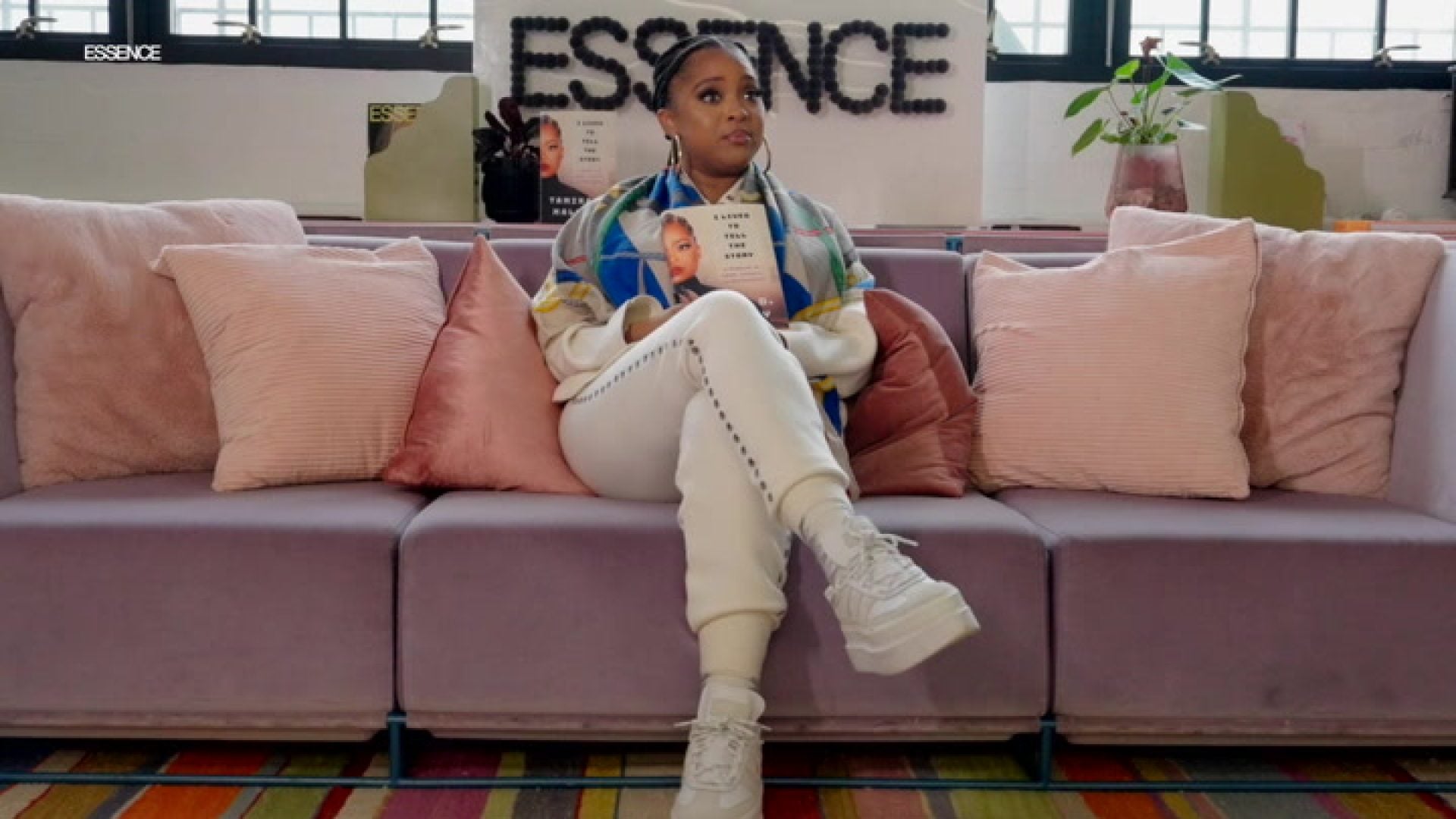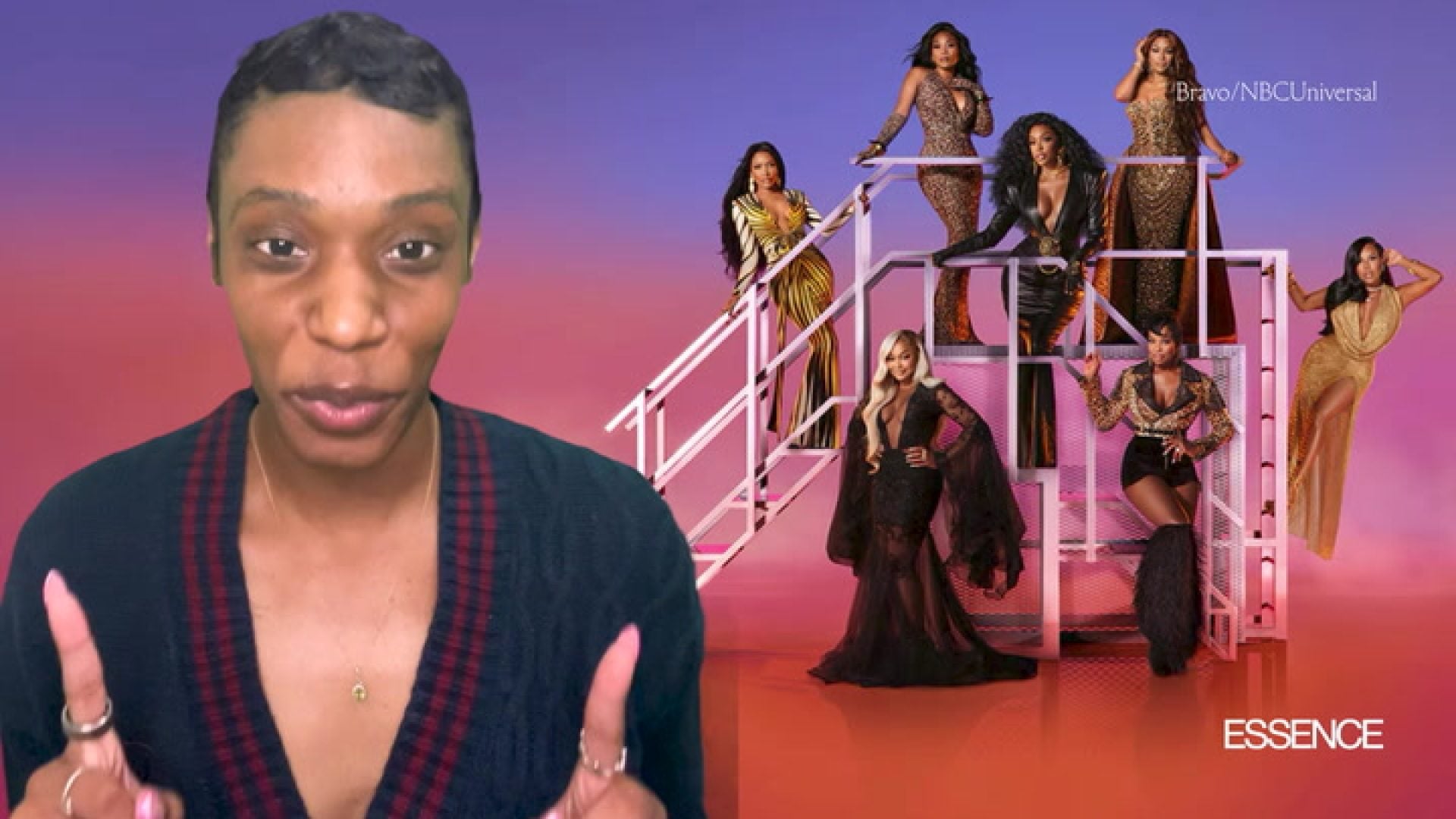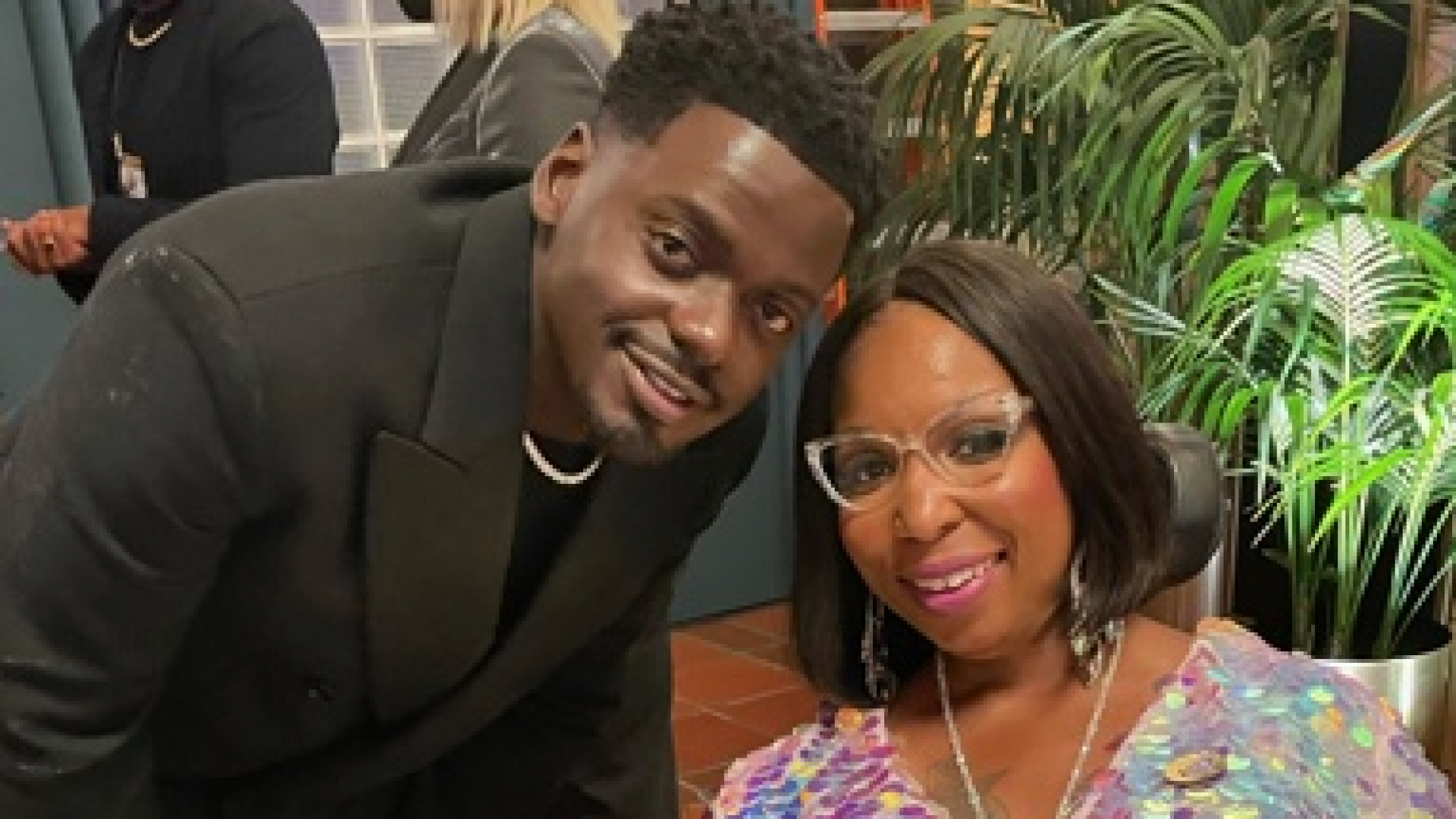
Sunday evening, when my rhinestone-lined wheelchair tires rolled onto the iconic Oscars red carpet, I inhaled deeply, embracing the fact that I was making history as the first visibly disabled Black woman at the Academy Awards.
It’s rare that I entered a space and felt like I could bring all of me without rejection and exclusion. At my Black church, I was the disabled girl. At my all-disabled summer camp, I was the Black girl. I never saw anyone who even remotely resembled me in the media.
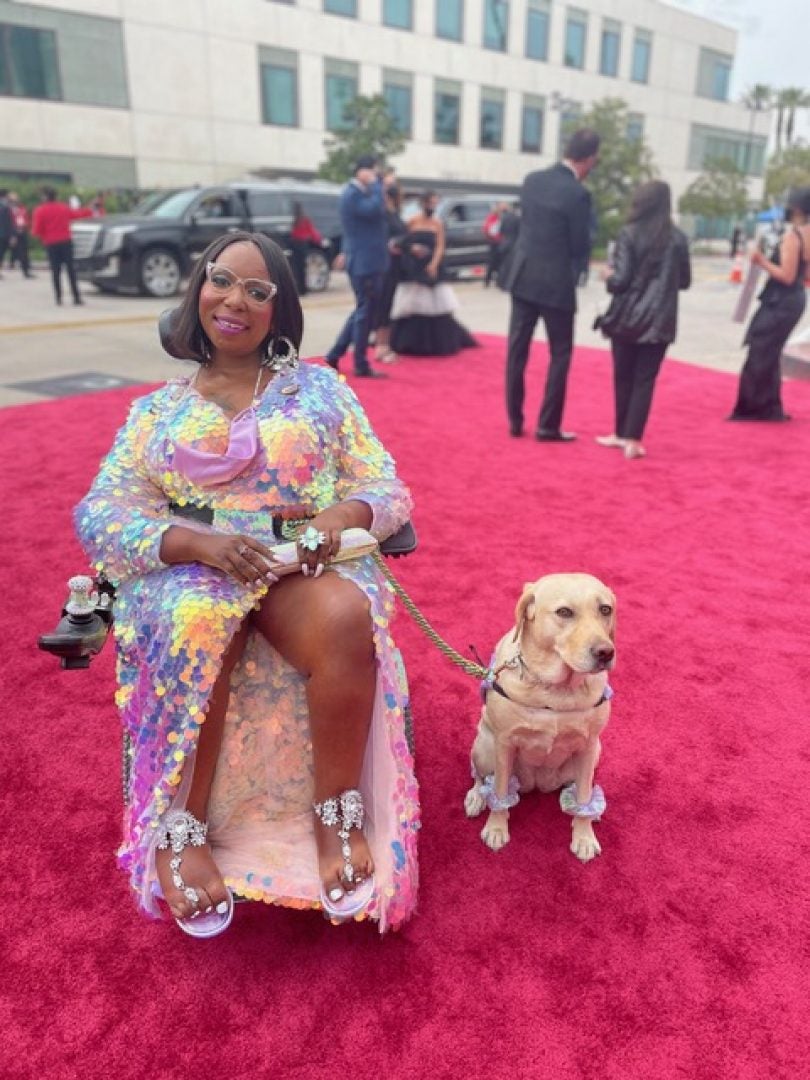
Because I didn’t feel completely welcome anywhere, I tried to remain invisible. Then, in what felt like a blink of an eye, I realized that my inability to see myself had nothing to do with the fact that people like me didn’t exist. While disability has historically been presented as a “white person’s experience,” this couldn’t be further from the truth. Overall, 1 in 4 Americans are disabled – making us the nation’s largest minority group. Breaking that down further, 1 in 4 Black adults, 1 in 6 Latinx adults, and 1 in 10 Asian adults have disabilities.
Today, one of the many professional hats I wear is Impact Producer for the Oscar-nominated Netflix documentary, Crip Camp. Executive produced by President Barack and Mrs. Michelle Obama and directed by Jim LeBrecht and Nicole Newnham, Crip Camp chronicles the unique history of the disability rights movement. Uniquely, this film challenges traditional depictions of disabled people as broken charity cases, trading this for truthful portrayals of us as fun, active (and even sexual) beings. Behind the camera, Crip Camp’s team has aimed to serve as a model for authentic access and inclusion, providing audio descriptions for blind viewers, translation into 90-plus languages, and Netflix’s first written transcript for deaf/blind viewers.
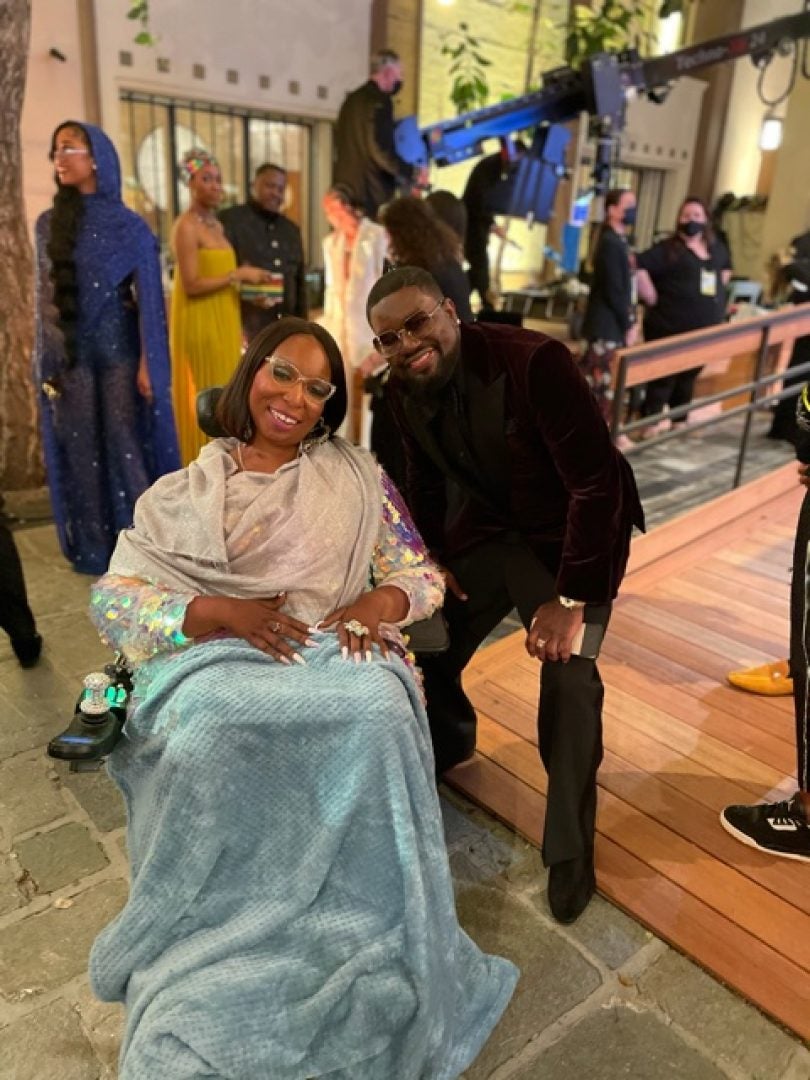
Our Impact campaign has also broken barriers – we prioritize presenting people with disabilities as multi-faceted beings. Just like non-disabled people, our needs and experiences are shaped by our identities at the intersections of race, gender, sexuality, ethnicity, and more. In all of our work we acknowledge the differences in our lived experiences and ensure that diversity within disability is represented at every decision-making table.
While Crip Camp has made some tremendous waves in improving accessibility and authentic representation of disabled people, there’s still much work to be done. Disability remains grossly underrepresented on screens and stages. We’re seen in less than 1% of Hollywood screens and stages, and we’re missing from most offices, crews, and sets. To that end, a group of my disabled colleagues and I have formed the 1IN4 Coalition, an intersectional coalition of disabled creatives currently working in Hollywood and focused on long-term institutional shifts in the industry. Now is the time to employ disabled people, to tell authentic stories, and to ignite change for the 1.3 billion disabled people around the world.
As I reflect on my monumental Oscars moment, I think about pre-teen Andraéa. The one who was afraid to go anywhere by herself for fear of drawing attention to her disability. The one who was too shy to ask for help of any kind for apprehension of being deemed incapable. I chuckle to myself thinking about my full-sequin Oscars gown with a thigh-high split, bejeweled from head-to-toe, complete with a bedazzled wheelchair joystick and rims. Moreover, I was accompanied by my blinged-out dog, Goji, who also made history as the first service animal to walk the red carpet.
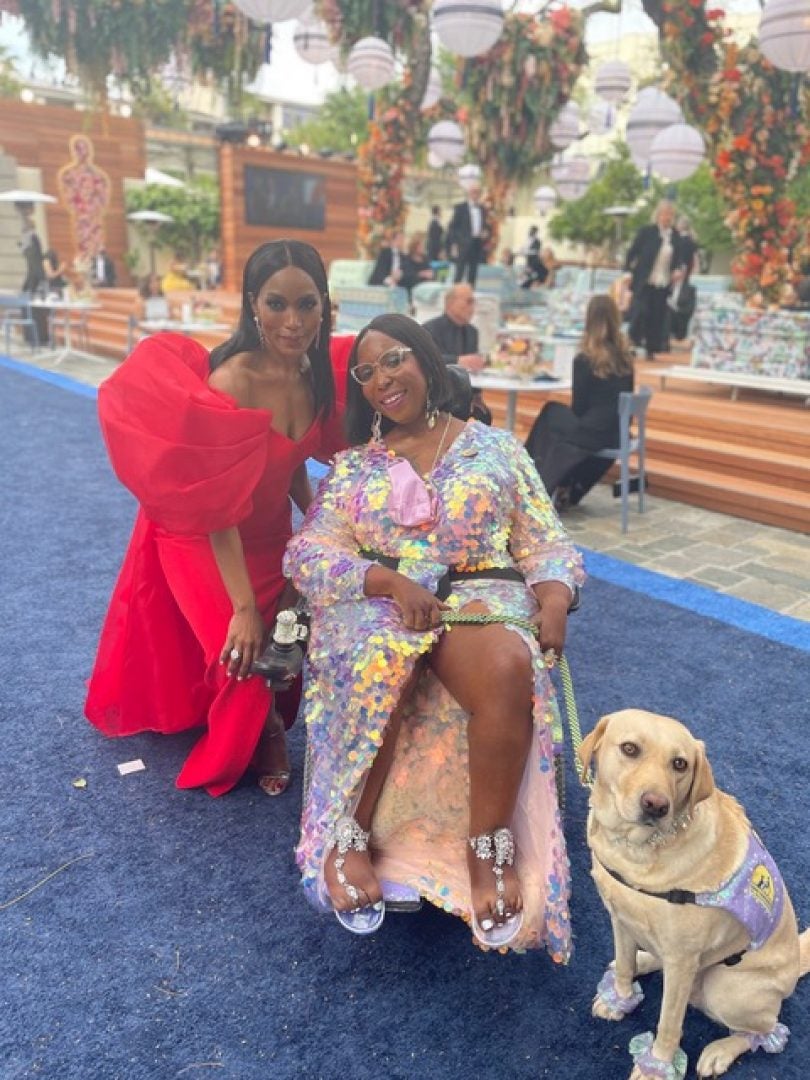
My fears of being seen were traded for the confidence in knowing that there’s a young Andraéa somewhere who needs to see herself, know she’s valuable, and know she can bring her entire self into a space and feel welcome. May this Academy Awards moment serve as a milestone moment for lasting, systemic change for disabled people of color across the globe. I might have been the first visibly disabled Black woman on the red carpet, but I’m determined not to be the last.


